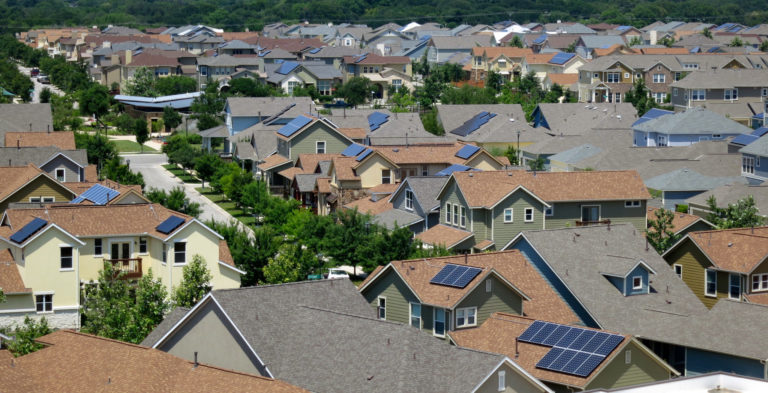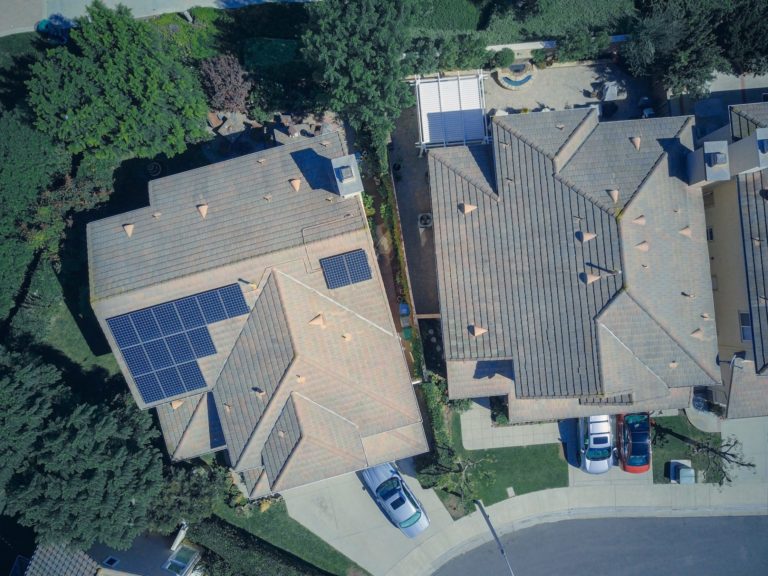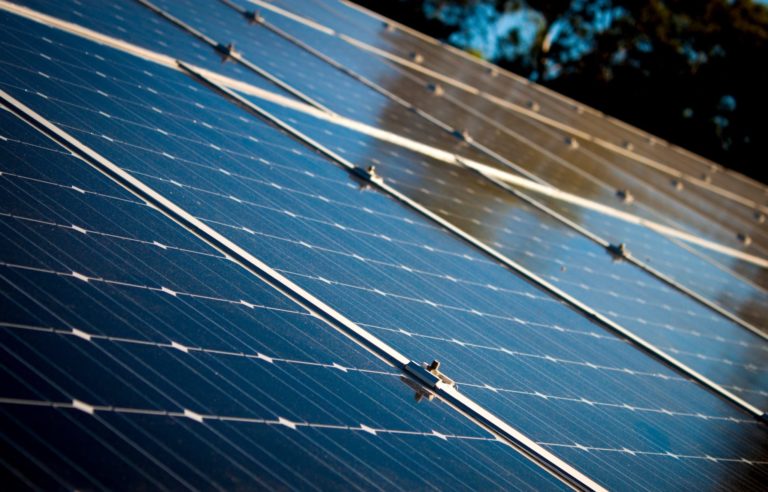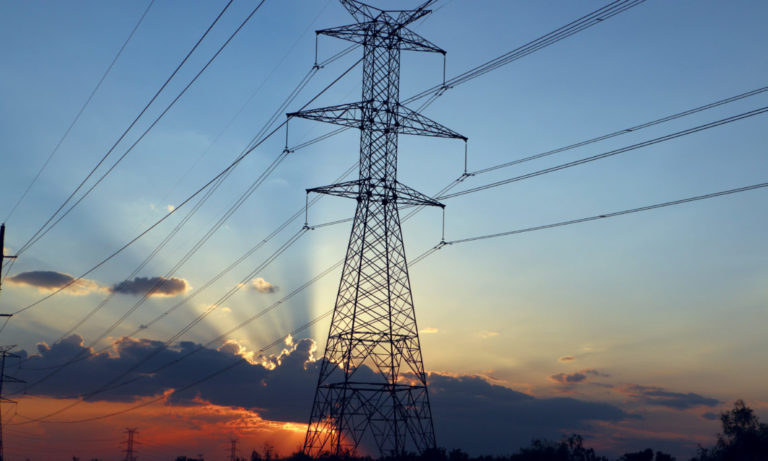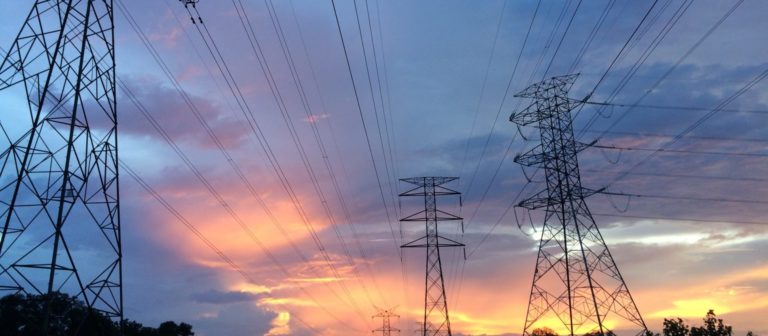August 23, 2021
By Cavan Merski, Data Analyst, Pecan Street Inc.
Pecan Street’s new analysis explores the opportunities for policymakers and utilities to remove a significant barrier to residential electrification. By incentivizing electric service panel upgrades for existing homes and requiring larger capacity panels for new construction, we can clear the path for full residential electrification. This is also a critical opportunity to ensure a just energy transition by creating sliding incentives based on household income levels.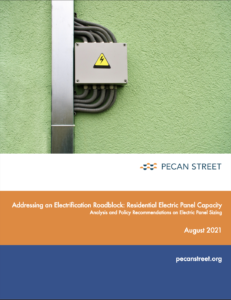
Pecan Street’s new analysis found that up to 48 million single-family homes in the United States may need electric service panel upgrades before they can fully electrify – upgrades that could come with a big price tag. Further, we estimate that more than half of the new homes being built today have electric panels that will not allow for full home electrification. That’s approximately 550,000 homes built in 2020 alone that face a needless roadblock to transitioning away from natural gas.
This analysis comes at a time when the imperative for electrification is clearer than ever. The August 2021 Intergovernmental Panel on Climate Change (IPCC) report yet again illustrates the need for urgent action to decrease greenhouse gas emissions (GHGs) if we are to keep average global temperatures from rising beyond 1.5 degrees. The electrification of homes that use natural gas and other combustion fuels is a critical step in achieving meaningful emissions cuts that will help to avoid the worst impacts of climate change. With social and political will aligning behind energy sector decarbonization policies, including building electrification, it is critical to understand the technical considerations for developing effective policies that also avoid placing unintended burdens on low-to-moderate-income households.
Our whitepaper, Addressing an Electrification Roadblock: Residential Electric Panel Capacity, takes a closer look at how the existing electric panel capacity in most homes could be a roadblock to electrification unless panel sizing is addressed with updated building and energy codes and targeted incentive programs.
To undertake this analysis, Pecan Street built a model using its residential research network data that shows how much electricity individual appliances and homes use. The model allows us to simulate the incremental additions of individual electric appliances and compares them to the minimum electric panel size required by the electric code. We developed the model as a web tool to accompany the whitepaper that allows users to calculate home electrification scenarios with differing electric panel capacities.
If electric panel upgrades are not managed proactively through policy and incentive programs, the cost and hassle have the potential to be an obstacle for millions of consumers trying to electrify their homes. Electric panel upgrade costs for a home can range from $1,000 to $5,000, and it can take weeks to hire a licensed electrician and navigate the electrical permitting process. To overcome these hurdles, incentives should be offered for upgrading electric panels for existing homes, and codes for new construction homes should be updated to require panel capacity sufficient for full building and transportation electrification.
Most all-electric homes will require at least a 200 Amp electric service panel. This minimum panel size could be a requirement for new construction written into municipal, state or national electric, building or energy codes. These policy changes would remove critical roadblocks to full electrification and avoid combustion fuel technology lock-in, which would result in continued GHG emissions from these fuels for decades to come.










